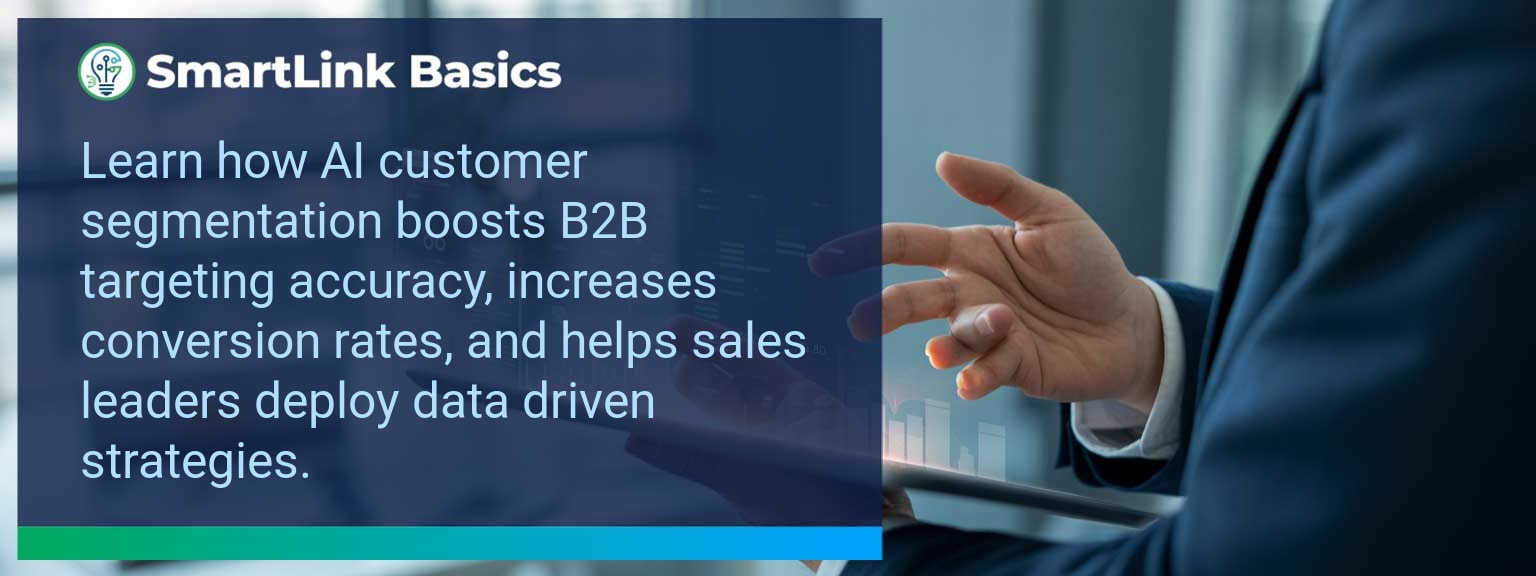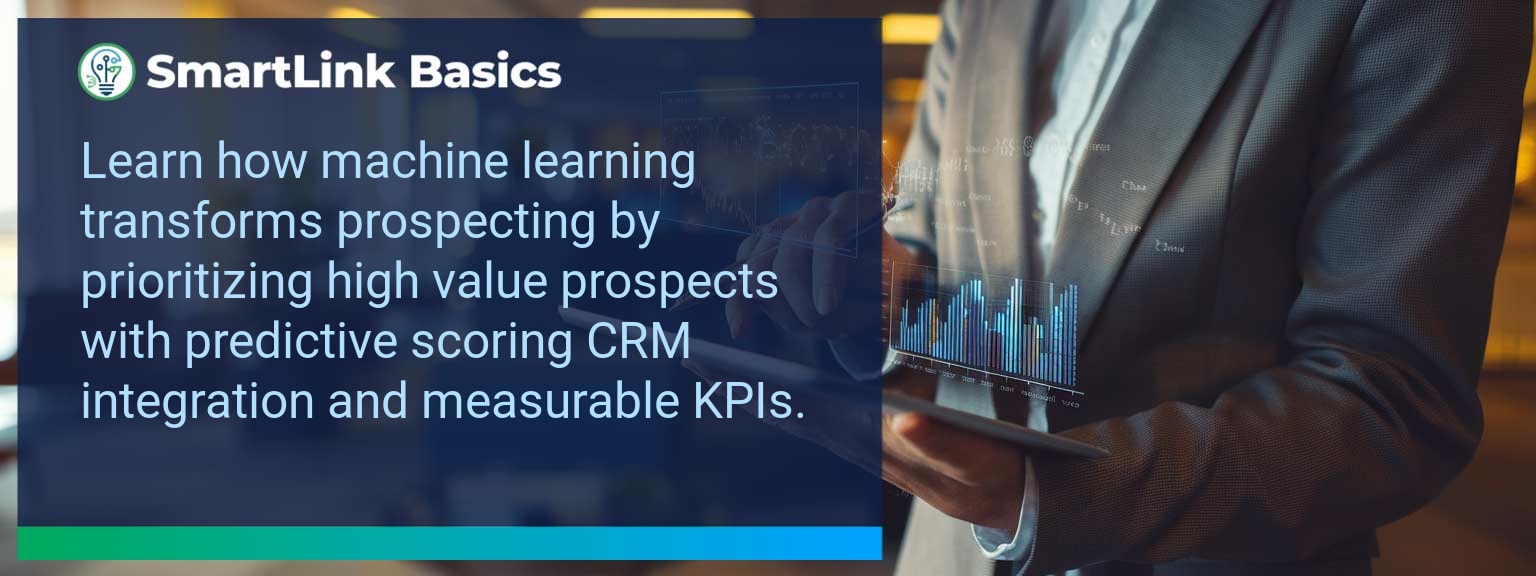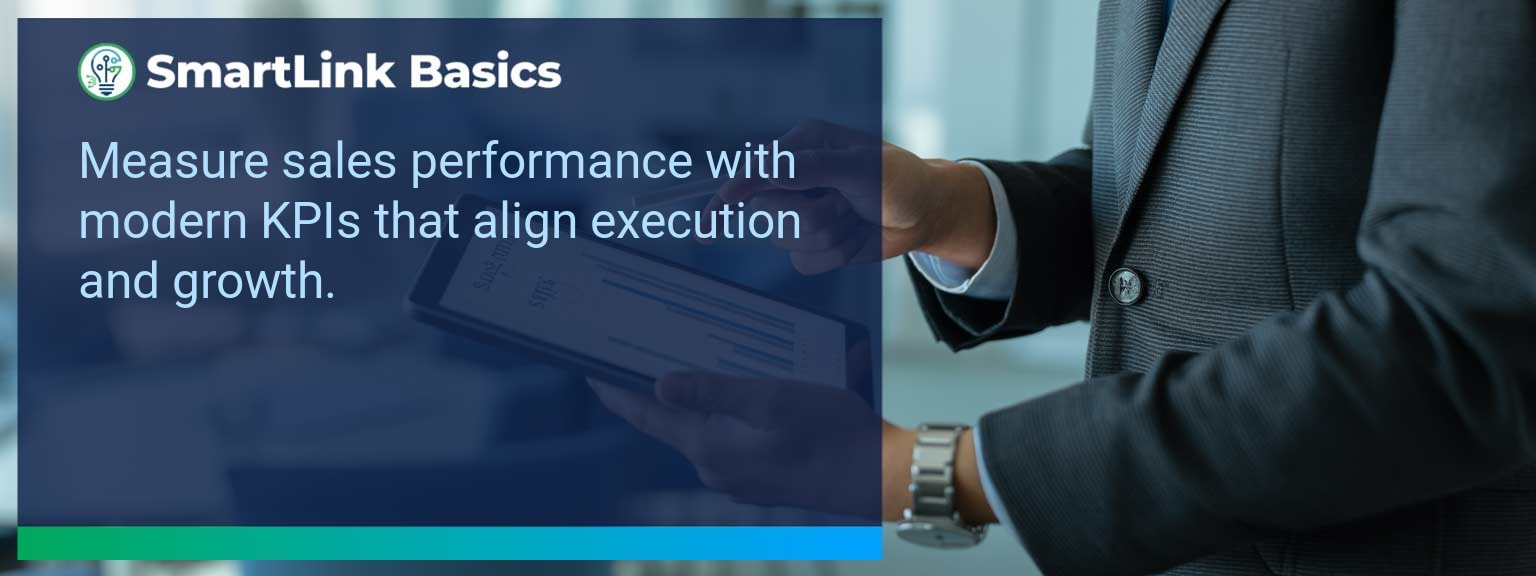High-performing sales teams often share a common thread: leaders who combine analytical thinking with emotional intelligence productivity. Research from Harvard Business Review shows that emotional intelligence accounts for nearly 90% of what sets top performers apart from peers in leadership roles. At SmartLink Basics, we have seen first-hand how mastering emotional intelligence skills can shorten sales cycles, elevate collaboration, and improve work performance—particularly in AI-driven sales environments.
This article explores how sales leaders can integrate emotional intelligence into daily workflows to strengthen decision-making, optimize workplace productivity, and build resilience in teams. You will learn the main barriers to sustained focus, practical EI-based strategies to overcome them, and how to measure their impact with precision.
- Recognize that emotional intelligence drives sustainable productivity gains.
- Identify and eliminate common workflow barriers such as poor communication and unclear priorities.
- Apply self-awareness, empathy, and strategic listening for better decision-making.
- Measure impact using both leading and lagging performance indicators.
- Embed EI practices into leadership routines for continuous operational benefits.
Common Barriers To Optimal Productivity
Sales organizations often operate under constant time pressure, making it easy for bottlenecks to form in communication and execution. Lack of clarity in priorities and inconsistent team alignment erode work efficiency. Poor emotional intelligence in leadership can amplify tensions, resulting in missed opportunities and underperformance. Workplace productivity also suffers when leaders fail to read emotional cues. For instance, overlooking early signs of burnout can lead to turnover spikes and reduced pipeline velocity. Another frequent barrier is reactive decision-making, which creates task-switching and disrupts workflow continuity. Removing these barriers starts with mapping the triggers that reduce focus. Emotional intelligence skills enable leaders to detect friction quickly and make interventions before systemic inefficiencies occur.Applying Emotional Intelligence Skills For Better Performance
Integrating emotional intelligence productivity practices into sales management creates a measurable performance lift. Self-awareness at work allows leaders to regulate their own responses and set a model for constructive energy use across the team. Empathy in leadership ensures that communication adapts to individual motivators and stress points, yielding higher engagement scores. For example, a sales VP who reviews weekly deal blocks with attentiveness to tone and morale can redirect efforts quickly before accounts stall. Teaching managers to manage their own stress effectively improves consistency in client interactions. To apply these concepts, schedule routine EI check-ins where leaders reflect on both tactical priorities and emotional climate. This not only improves work performance but sustains it under pressure.Positive Impacts On Workflow And Team Collaboration
When emotional intelligence integrates into your operating rhythm, workplace productivity accelerates naturally. Teams communicate with fewer misunderstandings, meeting time is reduced, and projects close faster because priorities remain clear. Emotional literacy within leadership fosters trust, making it easier to debate ideas without conflict escalation. An example from one SaaS sales team: adopting active listening protocols cut internal email chains by 40% and increased on-time proposal delivery by 25%. Better team communication directly improved their quarterly bookings. The key is to treat emotional intelligence like any other performance lever—track it, coach it, and invest in it consistently. When leaders apply these habits, work efficiency scales with or without fluctuating market conditions.Expanding Emotional Intelligence Practices In The Workplace
To sustain gains, emotional intelligence skills must go beyond leadership training and be embedded into the organization’s culture. This involves updating performance reviews to include EI competencies, building time management frameworks that accommodate human energy cycles, and aligning recognition programs with collaborative behaviors. For example, integrating peer feedback scores into quarterly reviews ensures that empathy and communication are recognized as revenue-impacting skills. In AI-enhanced environments, this human layer prevents over-reliance on automated signals by balancing them with qualitative insights. Targeted reinforcement, such as monthly cross-functional workshops, ensures the practice evolves with team needs. Keep measurement consistent to inform whether programs are raising both morale and productivity outcomes.Metrics That Matter
| Category | Metric | Definition | Target |
|---|---|---|---|
| Leading | EI Development Session Attendance | % of leaders attending scheduled emotional intelligence training | 90%+ |
| Leading | Peer Coaching Frequency | # of peer-to-peer feedback sessions logged per month | 3+ |
| Lagging | Pipeline Conversion Rate | Opportunities won ÷ total qualified leads | 25%+ |
| Lagging | Quota Attainment | % of reps meeting or exceeding their sales targets | 80%+ |
| Quality | Peer Feedback Score | Average team rating of collaboration and communication | ≥ 4.2/5 |
| Quality | Engagement Index | Composite measure of meeting contribution, responsiveness, and morale survey results | Baseline +10% QoQ |
Get the 90-day plan, coaching rubric, and dashboard template to operationalize AI in your enablement program.









